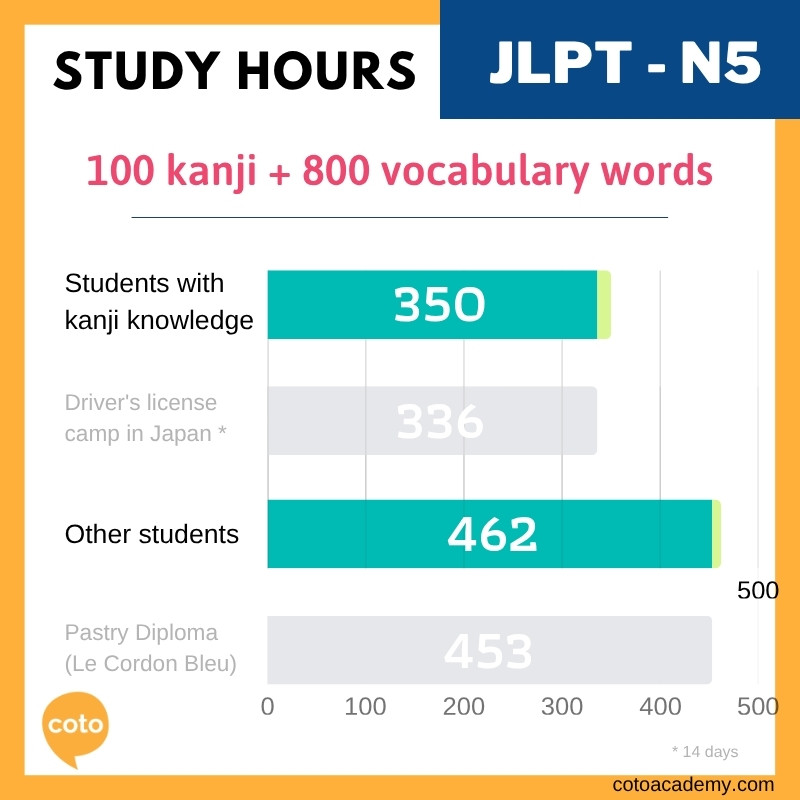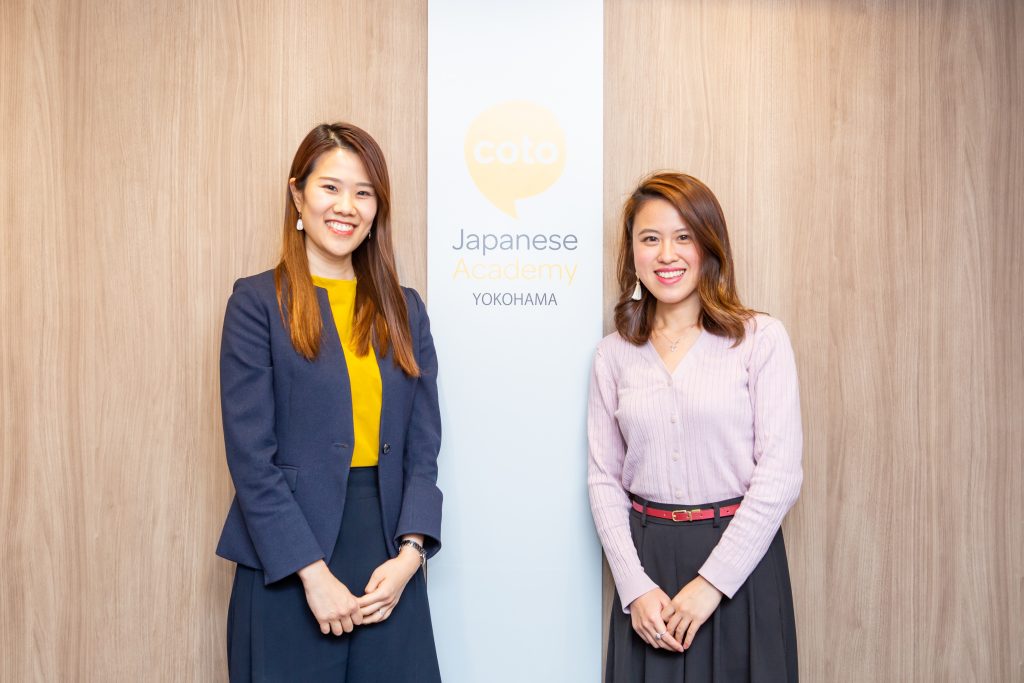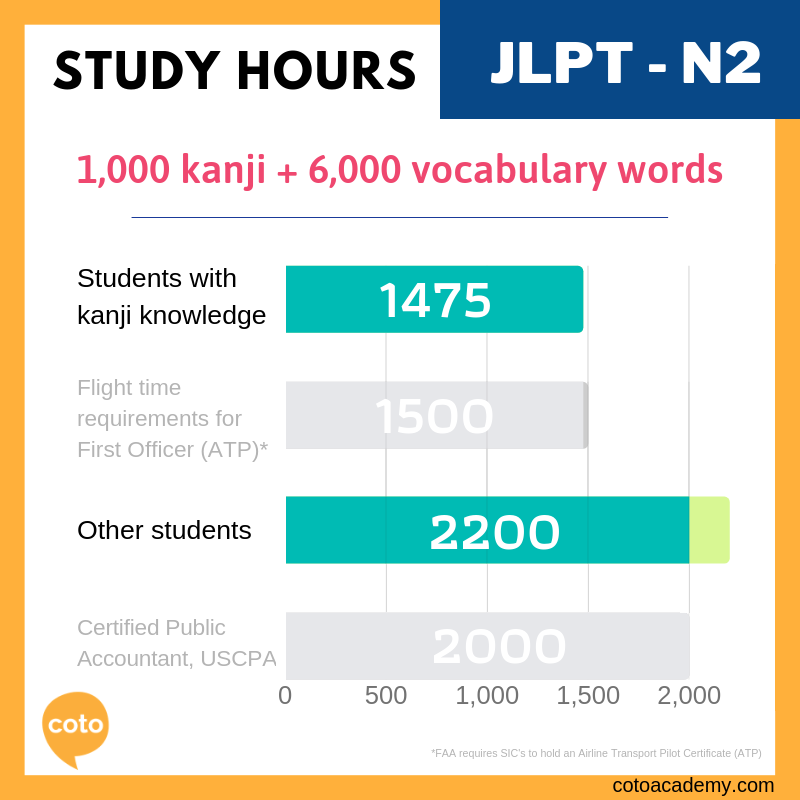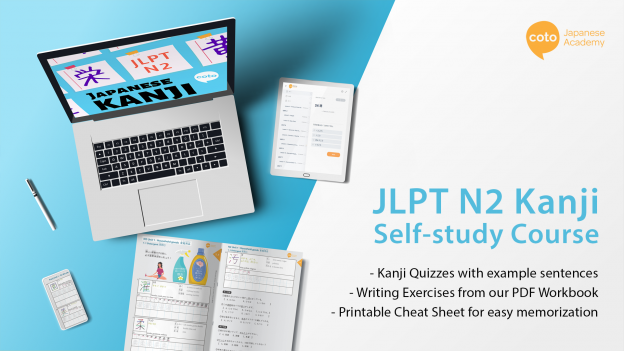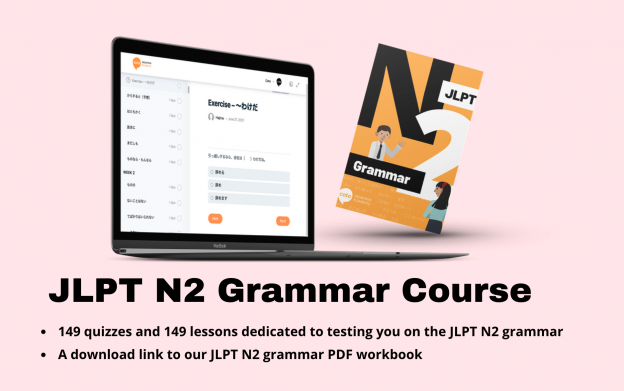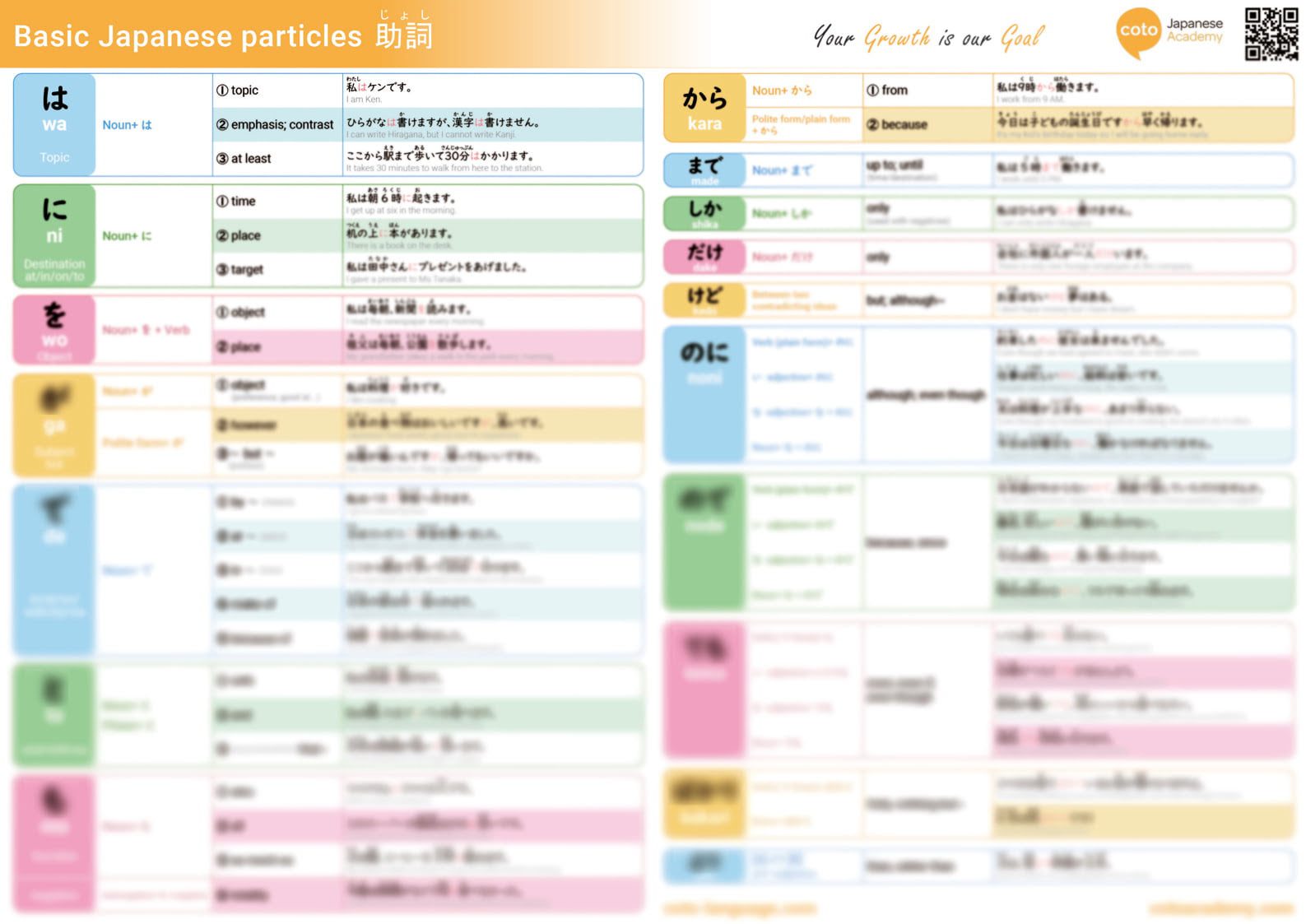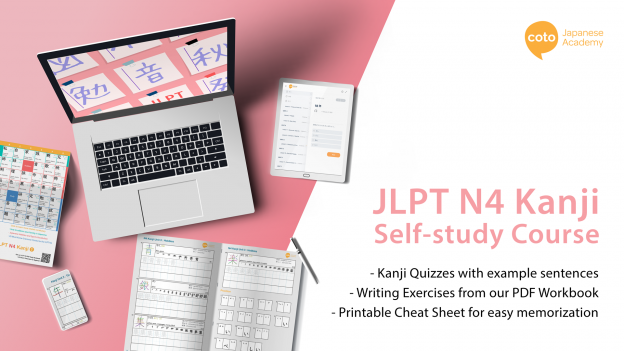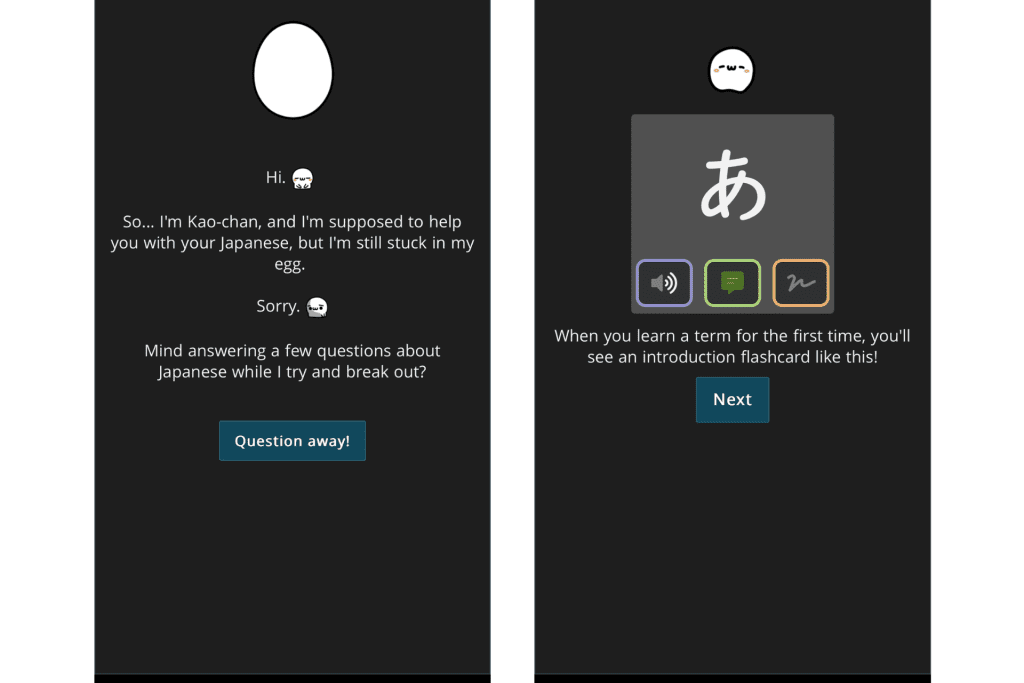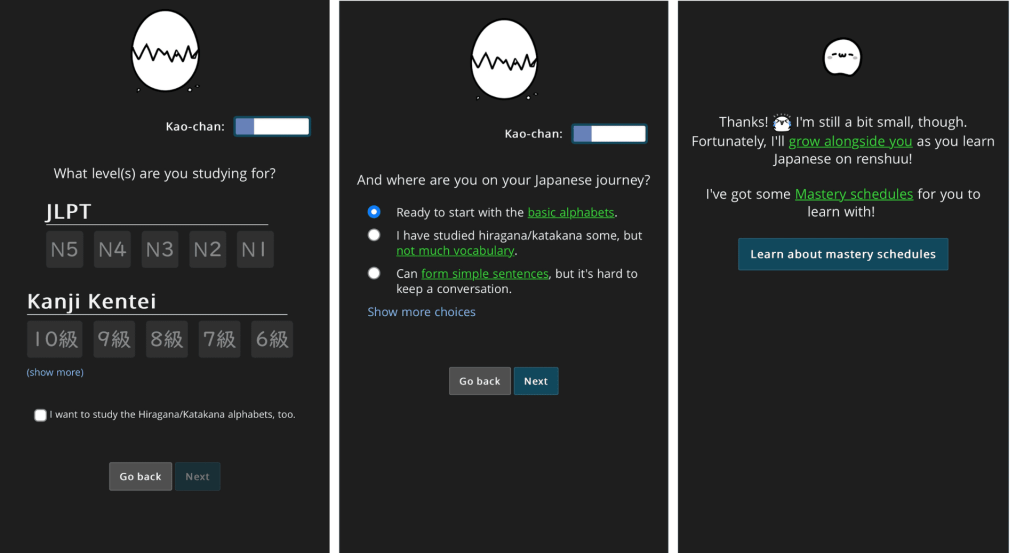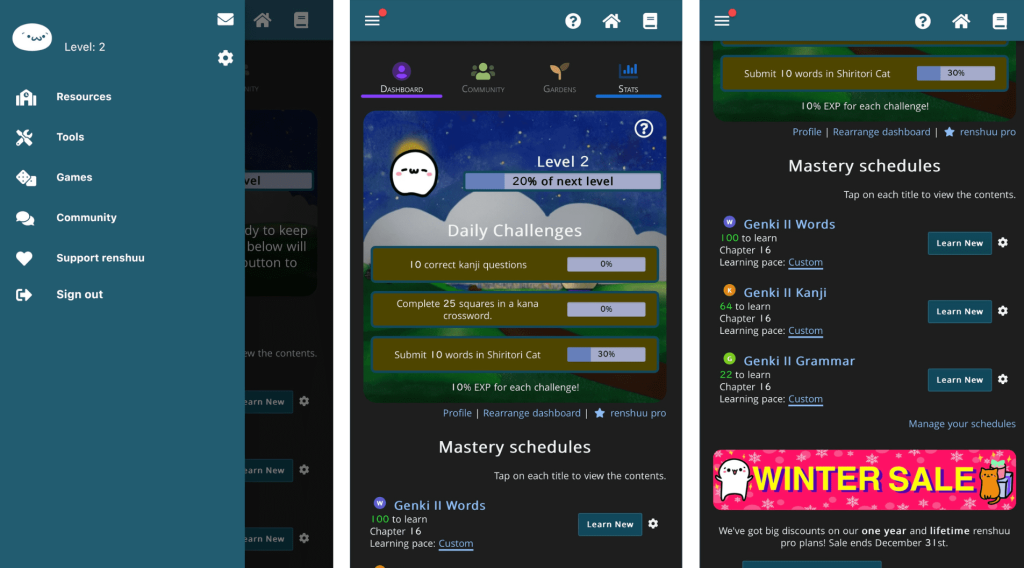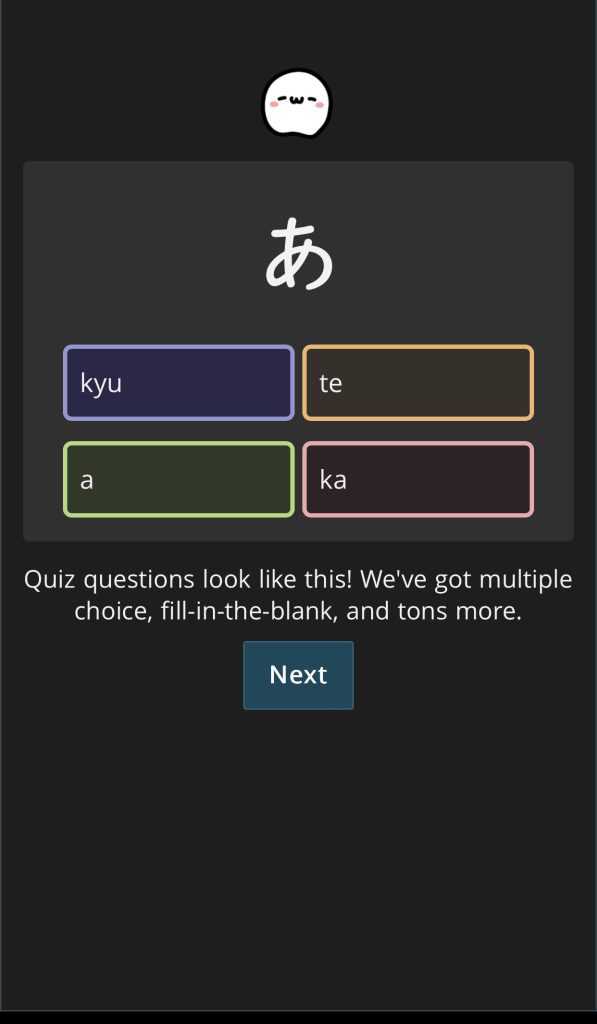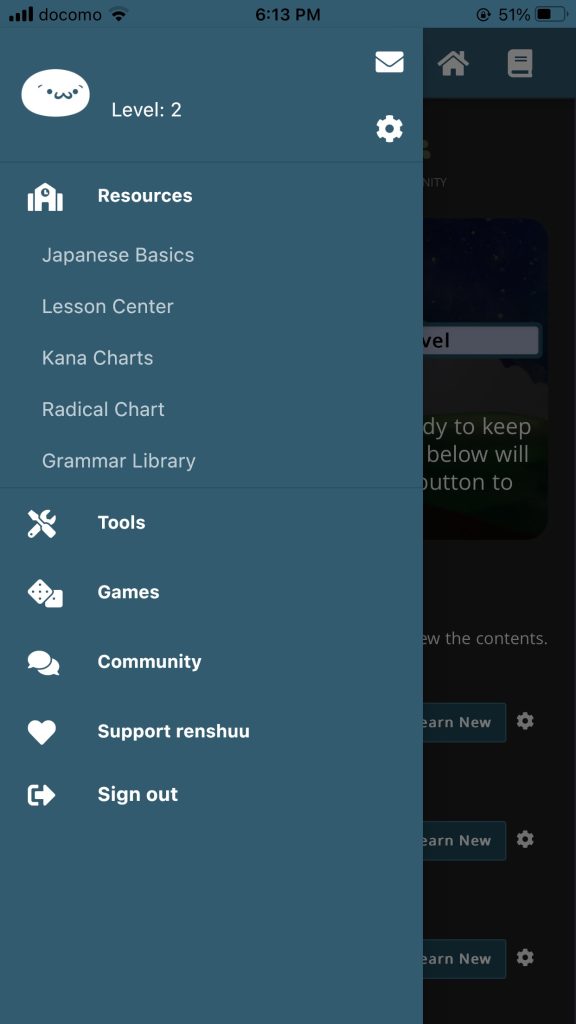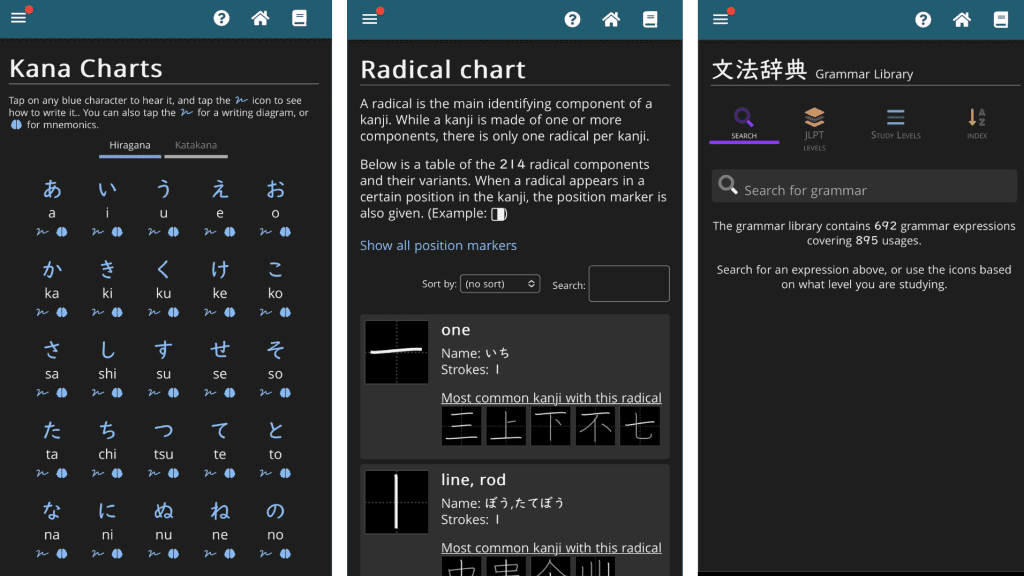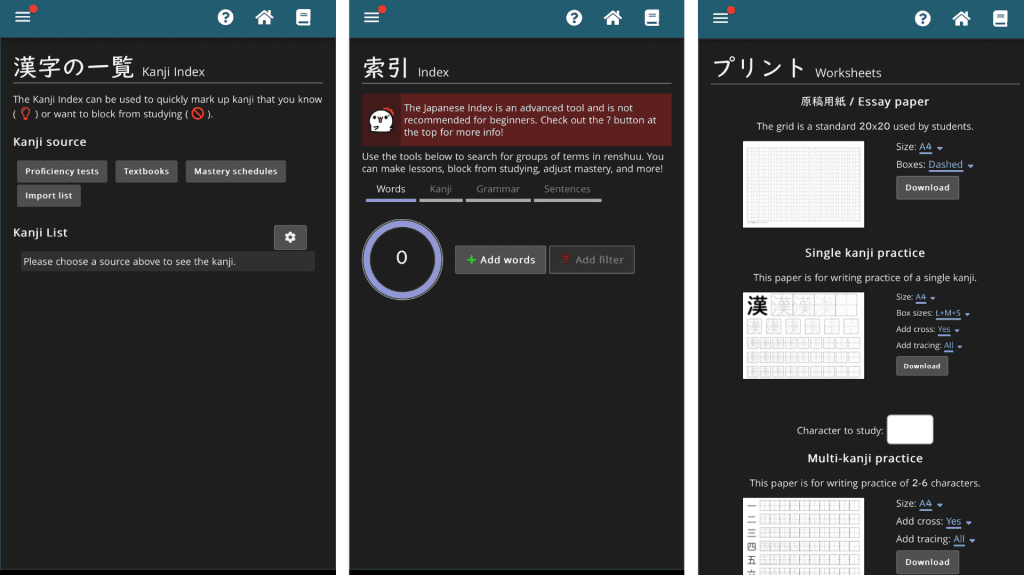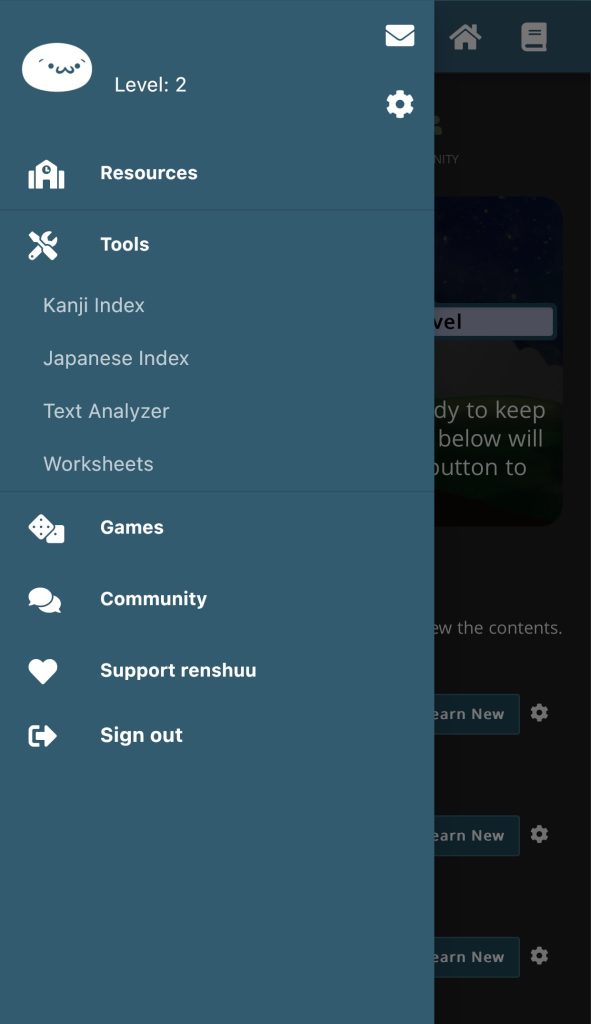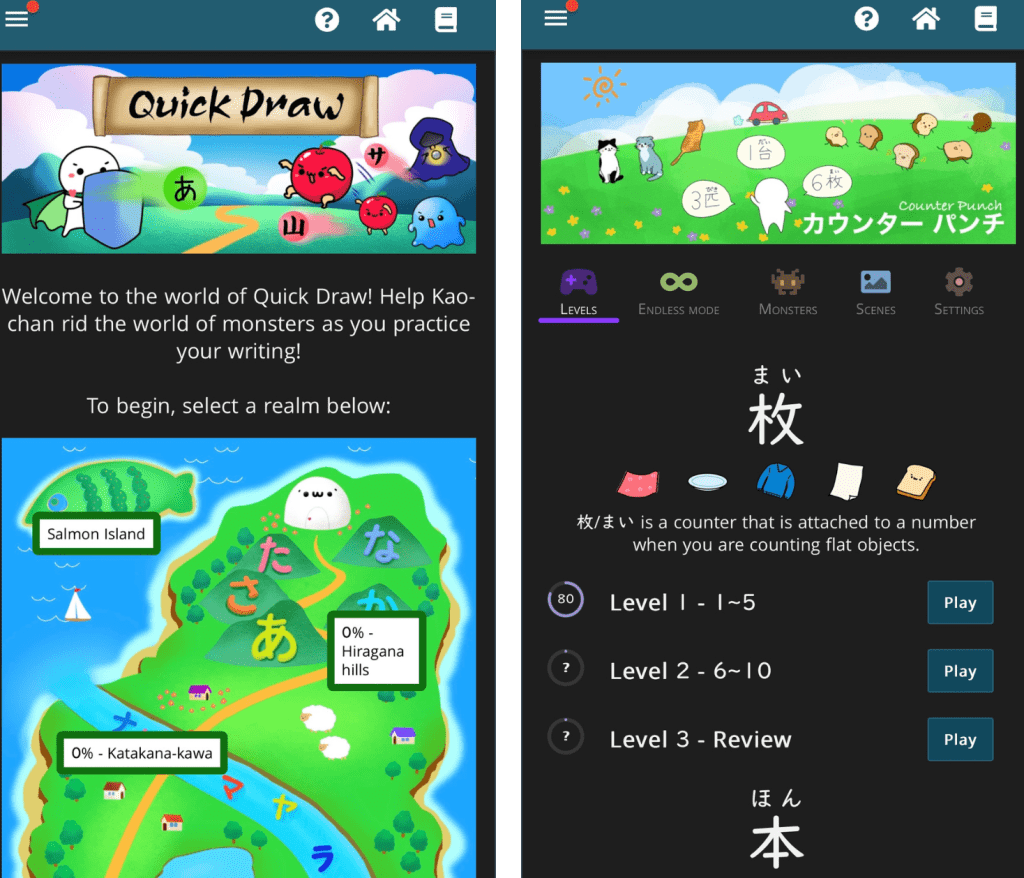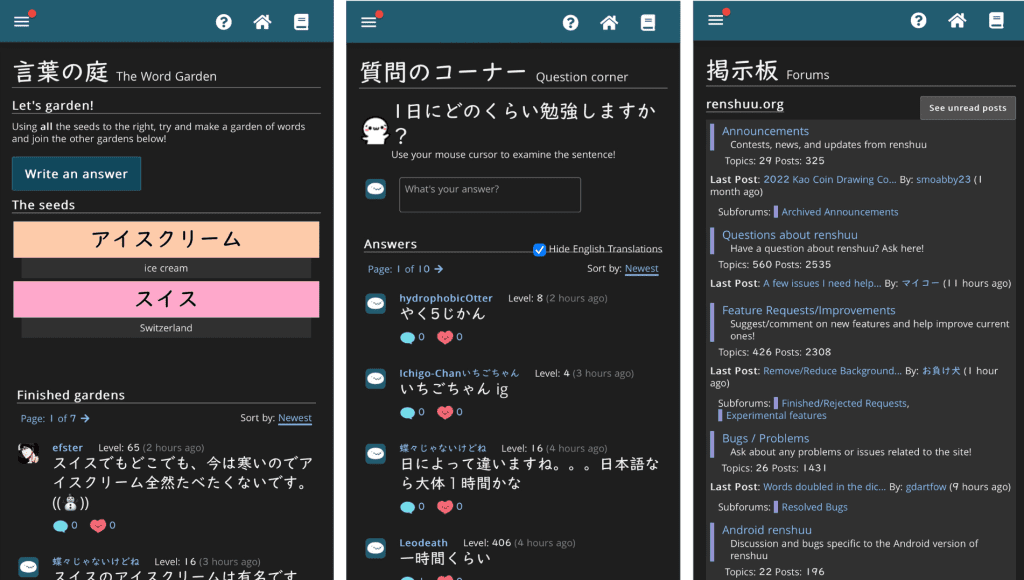When I arrived in Japan in January 2019, I barely knew Japanese. However, I was determined to learn the language as I thought life would be so much fun and easier if I was able to do basic communication with the locals. I could order food by myself, I could ask for directions if I got lost or I could understand anime without subtitles.
I have read plenty of books, used different websites and applications, taken some classes, as well as used various methods to study Japanese. Fast forward to now, I have finally passed JLPT N2. Even though I still have much more to learn, I feel like I have more confidence to communicate in my daily life and I’m glad that I decided to take the exam last December.
In this article, I will write about how I prepared for the exam in the past year, how I did on the actual test day and what I (or anyone who plans to take an exam) can do to improve the chance of passing JLPT N2.
This article is part of our Ultimate Guide to Passing the JLPT N2.
Why I Took JLPT N2?
In the beginning, I tried to find the best motivation to learn Japanese and I decided to take the JLPT exam because I could study regularly, took the exam and saw the result of my hard work. By the time of December 2020, I passed N3. My kanji, vocabulary and grammar were okay, however, my listening and speaking skills didn’t reach the level I wanted them to be so I decided to put N2 on hold and focused on other skills instead.
I was constantly checking LinkedIn and realized that most Japanese companies require a minimum N2 level
By the end of 2021, I was working at home for 2 years due to the pandemic and I reached the point where I was so done with my repetitive life. I was constantly checking LinkedIn and realized that most companies require a minimum N2 level for jobs in Japan (check out other job-hunting websites here), so I decided it might be time to get back to studying for JLPT again.
How I Studied for JLPT N2
When I prepared for JLPT N2, I was mostly studying by myself at my own pace using different resources. I normally have different textbooks in one study session such as grammar, vocabulary, kanji and reading books. I usually read one chapter (which can be around 3-4 pages) of each book per day when I have free time during work or after work hours. For me, the weekend is my cheat day so I don’t really study Japanese because I think studying every day can be too tiring.
Learning JLPT N2 Grammar
My office has offered a Japanese class for one hour per week and we used TRY! JLPT N2 Grammar (TRY! 日本語能力試験 N2 文法から伸ばす日本語). I mainly use this book because the design of the book is simple and looks easy on the eyes. Each grammar point is separated nicely with an English explanation and some cute pictures. I didn’t feel overwhelmed when I read the book and it encouraged me to study the whole chapter outside of the class without feeling too tired. I also like this book because it contains a bit of everything. You can do some grammar, reading, and listening exercises at the end of each chapter.
On the other hand, I also used the famous New Kaizen Master Grammar JLPT N2 (新完全マスターN2文法). This book contains so many grammar points which probably cover everything you need to know for the exam. However, all the explanations are in Japanese and sometimes I even needed to use google translate to understand what they are saying in the book. It was very useful but it took a lot of time to study this book and I found it a little bit too intense.
Check out: 20 Must-Know Grammar Points for the JLPT N2!

Leaning JLPT N2 Vocabulary and Kanji
I have been using Wanikani since the beginning of my Japanese learning. This app teaches kanji and vocabulary using repetitive and mnemonics methods. You learn the radicals, the kanji that use these radicals and the vocabulary that uses these kanji. Then, you review the lesson repetitively until you pass to the next level and the cycle continues.
By the time I prepared for N2, I had already reached level 35 and luckily the kanji in these levels are in the N2 exam. The method they use is a great help for memorizing. The only downside of Wanikani is that you need to start from the beginner level because you can’t skip the level. So if you already know kanji, it won’t be fun to start learning from 一、ニ、三 again.
Besides the app, I also studied kanji from Kanji Master N2 (漢字 マスター N2). I like this book because the structure is simple. Each page is divided into categories and it has only 6 kanji with some vocabulary or simple example sentences so it was not too much to memorize in one day. The other book I used was 2500 Essential Vocabulary for JLPT N2 (はじめての日本語能力試験 N2単語2500). This book contains all the vocabulary you should know for the exam. Plus, I like the red sheet that you can put on the page to hide the vocabulary so you can review them later.
We have also provided samples of our N2 Kanji Worksheets at the below links! These are very useful as they give you an idea of some kanji that you will be tested on during the N2 exam. Click on the topic to download.
- Unit 1. JLPT N2 Kanji – Household Goods
- Unit 2. JLPT N2 Kanji – Body Parts
- Unit 3. JLPT N2 Kanji – Food Labels
- Unit 4. JLPT N2 Kanji – Recruitment and Jobs
- Unit 5. JLPT N2 Kanji – Signboards and Notice Boards
JLPT N2 Reading and Listening
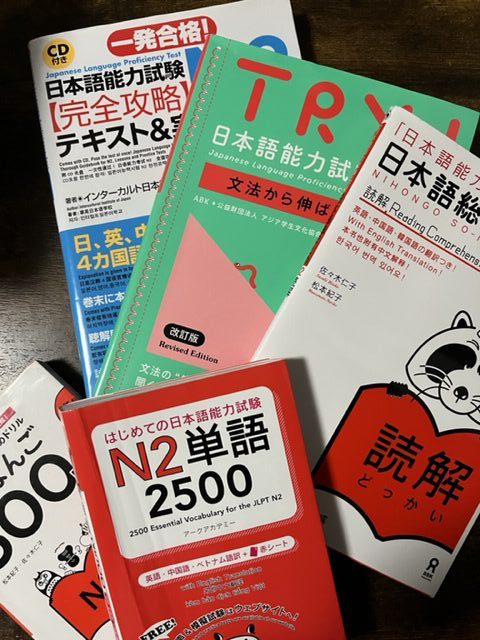
Reading and listening are always my weakest points when it comes to studying for JLPT N2. I had struggled to finish the reading section of N3 exam so I decided that I need to practice reading more and bought Nihongo So-matome JLPT N2: Reading Comprehension (日本語総まとめ N2 読解). The book is already designed for you to read 2 pages a day for 6 weeks. It has different types of reading you will see in the exam and also includes some points that you should be careful about. It’s easy to read with some explanation and strategy to tackle the articles.
As for listening, I didn’t buy any books but I mostly just browsed the “JLPT N2 listening test” on YouTube. There are plenty of videos of the past exams online that I could practice with so I tried to do at least one video per day.
Check out: 15 JLPT N2 Books for Advanced Japanese Learners
Other Resources for N2 Study
After finishing the books for each skill set, I also review all my studies with Japanese Language Proficiency Test N2 Complete Strategy・Text & Practical Quest (一発合格!日本語能力試験N2完全攻略テキスト&実践問題集). This book contains some explaining and practice for all of the skills so I could recap all of the vocabulary, and grammar as well as reading and listening comprehension one more time. I also bought some mock test books to prepare myself because it’s extremely important to be familiar with the test structure and time management.
Last month before the exam, I studied with Shin Nihongo 500 Mon (新にほんご500問). This book comes with 4-week study plans where you have to answer 3 sections (kanji reading, vocabulary and grammar) daily. On the 7th day of each week, you will have to answer the questions about what you have been learning so far that week. I felt like I could recap what I had learned and correct my mistakes. Moreover, the book is small and easy to carry anywhere.
Besides studying for JLPT, I also studied Japanese regularly with the Duolingo app. It is fun, easy and fast. It feels like I’m playing a game and learning something.
I also take Natural and Fluent Japanese Communication 1 and 2 as well as Japanese Explanation Training at Coto Academy. I would like to improve my speaking skill but the grammar points in these classes are around N2 and N3 levels so it felt like a recap for my JLPT preparation at the same time. Practicing them in conversation also helped me to remember easier which helped me quite a lot during the exam.
How I Did During the Exam
Even though you are well prepared for the exam, unexpected things can happen to throw you off and that was what happened to me on the actual exam day. I had arrived almost an hour before the exam time and there was a massive queue in front of the exam site. Due to some unknown issue, the examinees couldn’t enter the building and I was finally able to arrive at my seat 2 minutes before the exam started. Some people still entered the room 10 minutes after while the staff was explaining about the exam.
The N2 exam is divided into 2 sections: 105 minutes for language knowledge (vocabulary and grammar) and reading, and 50 minutes for listening. I started doing the exam while I was still kinda stressed out by the queuing situation. However, I did my best to calm down because I had no time to waste. During my N3 exam, I had barely finished the reading section so I knew that I had to power through the others as fast as I could.
My strategy was to answer what I knew. If I didn’t, I just let it go and I tried not to spend too much time thinking about it. Even if I don’t know, I would pick the answers that are most likely to be correct without leaving them blank because there was a chance that I didn’t have enough time to come back to answer them. I shaded the dubious answers lightly on the exam sheet so I could easily erase and change the answer later. If I didn’t have time to reread the questions, I could just easily shade them heavier in no time.
I was able to finish the vocabulary and grammar part within an hour. I couldn’t answer here and there but I just dove into the reading section. The first few parts were relatively short so I didn’t have much trouble. However the longer the articles were, the less concentration I had. By the end of the last few parts, I didn’t know what I was reading anymore. I tried to read the questions first and skim through the articles to find answers which saved me some time.
We had a short break so I rushed out of the room for a toilet as fast as I could to beat the long queue and came back for the listening section. The important thing is that they will play the audio one time only so you need to listen carefully and pick the answer right away because you won’t have time to come back as they will collect the answer sheet right after the audio ends.
The listening went well until some unexpected event occurred. During the part where I had to listen to short questions and 3 choices of responses. The audio played the question, then skipped the answer and played the next questions instead. The whole room was gasping and I assumed a lot of the examinees lost their concentration. The exam continued until the end but the staff decided to replay the missing answers and the next 2 questions. Once again, the answers to the second question were missing and they had to replay for the third round. By that time my brain didn’t function anymore and I was ready to prepare for another N2 exam.
My JLPT N2 Result
I took the exam in December so the result came back at the end of January. In order to pass N2, you must score more than 90 points overall and more than 19 points in each section (language knowledge, reading and listening).
I passed N2 with a few scores above the passing score. Surprisingly I had the best score from the listening section. I received A and B on vocabulary and grammar respectively. On the other hand, I got the lowest score in the reading section as I expected and the score was actually a bit below 50% (but still more than 19 points).
Advice to Myself and Others who Want to Take the Exam
Even though my score isn’t very good, I have learned so much from this test, especially, I should be calmer and more relaxed when unexpected events occur. Moreover, I have some tips which I think might be helpful for test preparation.
Pick your own books
It’s great to find reviews and comments on which books you should buy for exam preparation because there are plenty of books out there. However, I think it’s important to go check the bookstore or find a PDF example online before buying anything. Everyone has different preferences. Some people like to read texts with a lot of explanations while some like to see various example sentences. You should pick the books that suit your style and you don’t feel like giving up after a few pages.
Do a lot of mock tests
One of the hardest things in the JLPT exam is time management. Even though you know everything, you can fail the test if you can’t finish the exam in time. It’s important to do a lot of mock tests to be familiar with the test structure so you know how much time you should spend on each section. You can learn which part you aren’t good at or which part you take too much time to do.
Find your weak point
You can look at previous exams or mock tests and see which section you have the lowest score in. Then, you can focus on that particular section such as buying specific books that concentrate on that skill. My weakest point is reading so I try to focus on it. Besides reading more books, I also plan to take a News Reading class at Coto as well.
Conclusion
There is a big gap between N3 and N2 but nothing is impossible. How I prepared for JLPT N2 might be different from other people, but I hope you find this article useful and encourage you to prepare for the examination. It’s important to learn with your own style and at your own pace. I hope you can find your favorite books or any other methods to study and good luck with the upcoming exam!
Looking to enhance your career prospects and take your Japanese language proficiency to the next level? Look no further than Coto Academy’s JLPT N2 preparation course! Our comprehensive online program is specifically designed to help you master the essential elements of the JLPT N2 exam, ensuring you have the skills and knowledge necessary to succeed.
Our online seminar-style lectures are structured to provide you with personalized attention and support, allowing you to work through the material at your own pace while listening to the lecture on the screen. Plus, if you prefer in-person learning, we also offer a fantastic JLPT prep course that provides you with face-to-face instruction and practical support.
Sign up today and take the first step toward your language learning goals!






